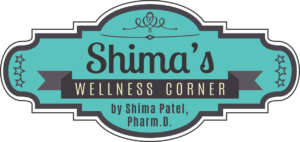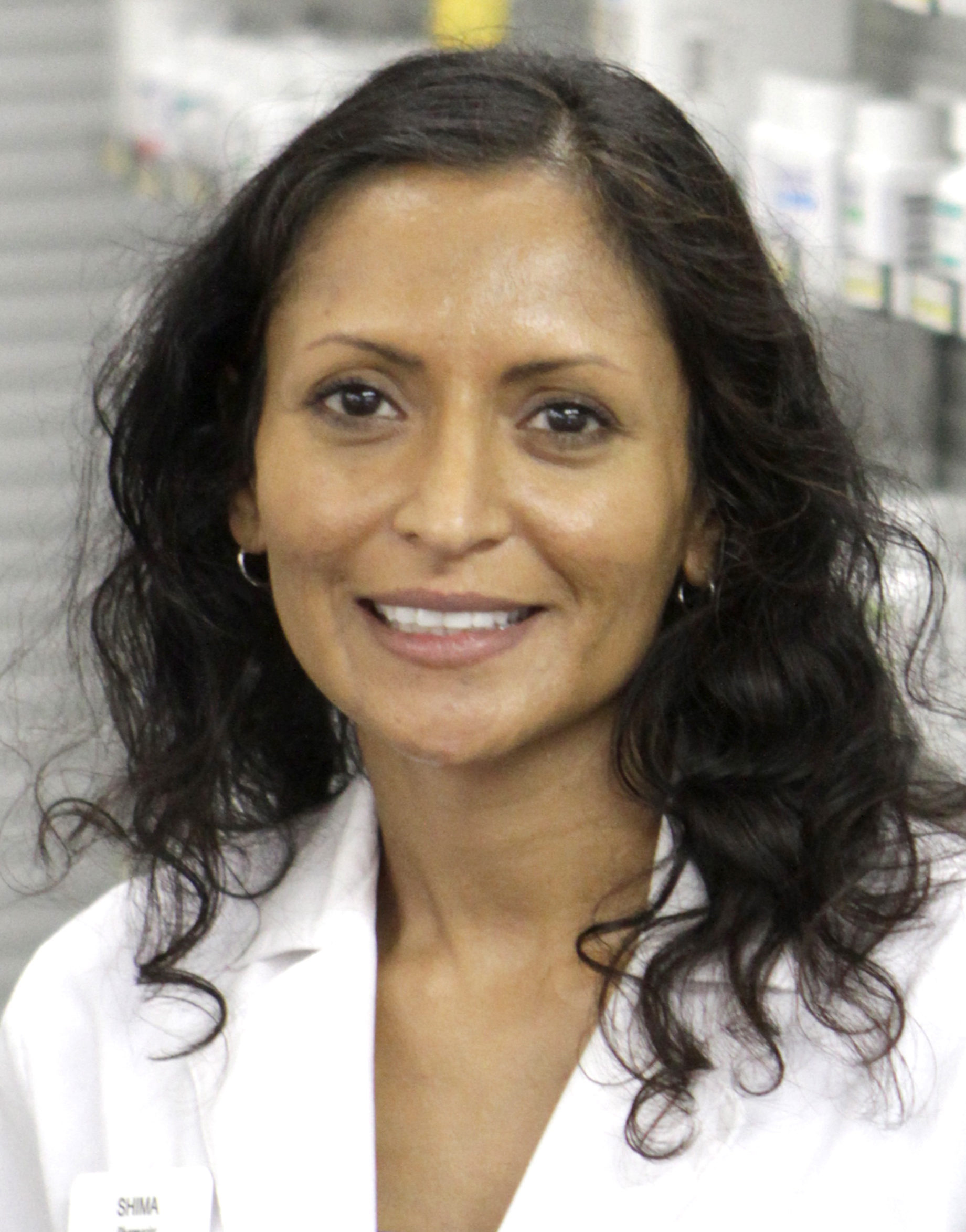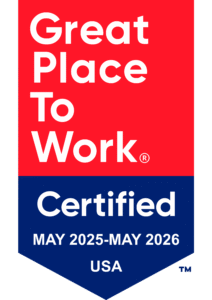
How does walking can affect your health?
Walking is a simple activity that does not require equipment or a gym membership. Walking at a brisk pace has many health benefits. According to American Heart Association (AHA), a brisk pace walk is 3.5 mph to 4 mph (17 to 15 minutes a mile) or 50% to 70% of your maximum heart rate. Here is a list of benefits one may gain from regular brisk walks.

– Manage or prevent heart disease, stroke, cancer, diabetes type 2, and high blood pressure
– Strengthen immune system
– Lose body fat
– Maintain a healthy weight
– Strengthen bones and muscles
– Supports your joints
– Improve muscle endurance
– Improve balance and coordination
– Improve cardiovascular fitness
– Increase energy levels
– Reduce stress and tension
– Improve memory, mood , sleep, and cognition
To avoid injury keep a good walking form and make sure you are using proper technique. Keep your head up and looking forward while walking. Keep your neck, shoulders, and back relaxed and not stiff. Make sure your back is straight and in an upright position. Keep your stomach muscles slightly tightened. With elbows slightly bent swing your arms opposite the movement of your legs. A little pumping with your arms is fine.
To prevent injury make sure your feet are comfortable and supported. Choose shoes with arch support and a firm heel with a flexible soul to cushion your feet and absorb the shock. Wear comfortable loose fitting clothes and gear that’s appropriate to the weather. Aim for moisture wicking fabrics and wear layers. Don’t forget to wear sunscreen, hat, and sunglasses if walking in the daytime. If walking at night make sure you wear bright color clothing with reflective tape.
To prevent injury warm up before your walk. Start with a slow 5 to 10 minute slow walk, this will help warm your muscles up and prepare your body for exercise. At the end of the walk you will need to cool down. Walk slowly for 5 to 10 minutes to help your muscles cool down. You may want to gently stretch your muscles after the warm up or after the cool down.
For cardiovascular health the American Heart Association (AHA) recommends walking 5 to 7 days a week for 30 minutes a day. It can be broken up into three 10 minute segments or one 30 minute walk once a day. Always talk to your physician before starting any physically activity. It is fine to start slowly, maybe 5 minutes a day for the first week and then Increase by five minutes each week after until you reach at least 30 minutes. As a general rule, try aim for at least 30 minutes a day. If you can’t set that much time aside, even small amounts of physical activity are helpful and can provide health benefits.
Sources: Mayo Clinic, AHA, and Arthritis Foundation

About Shima: Shima graduated from the University of Arkansas with a BS in Microbiology in 1997 and worked at the University of Arkansas for Medical Sciences with the Infectious Disease Department on clinical trials for over 4 years. She then pursued a career change and graduated with her Doctorate degree from St. Louis College of Pharmacy in 2007. During her years enrolled in pharmacy school she worked part-time at St. Louis University, where she helped design a laboratory protocol for the BCG Vaccine Study, which received full funding in 2011.
Shima joined Sinks and Medley Pharmacy in September of 2014 as a pharmacist. She continually strives to focus on improving outcomes and raising the quality of life for patients with all types of medical ailments and conditions.



